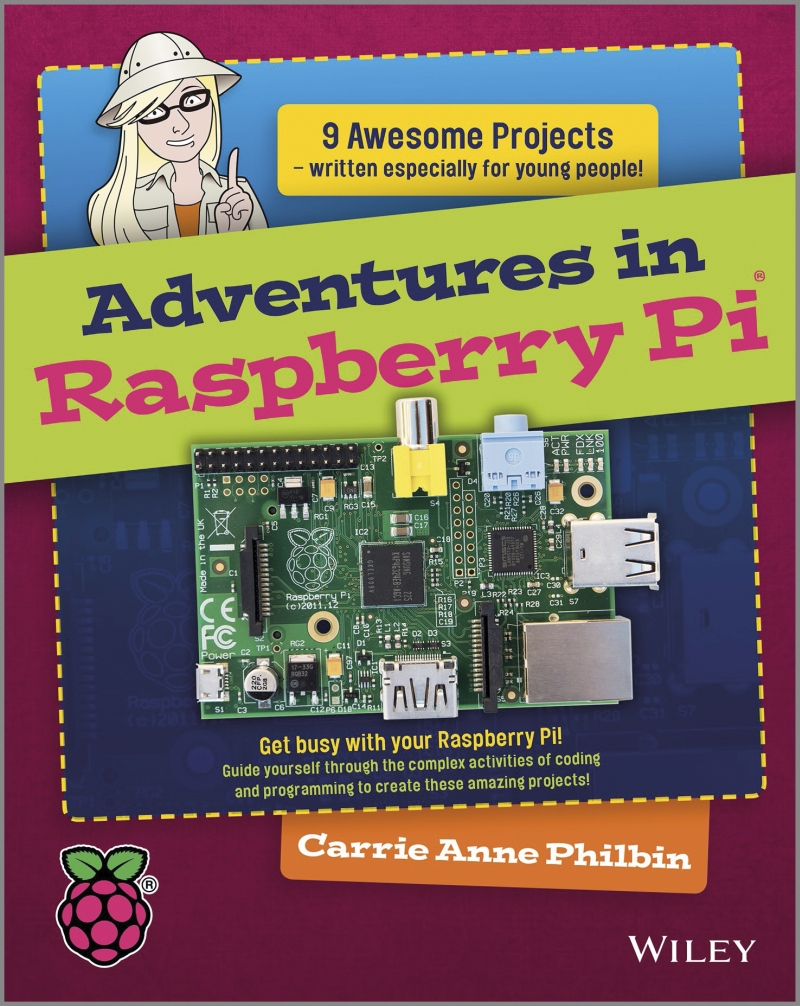
With this week’s Manchester Jamboree and next May’s Cambridge Raspberry Jam both focussing on the Raspberry Pi’s potential within education, I have invited Nevil Hunt from Innovations in Education to write for me a weekly series of blog posts describing his experience of nearly 2 years running Raspberry Pi Workshops in schools in Berkshire and Oxfordshire with his Python Programming Challenge called “Seven Segments of Pi”. The Blog post will start this week, the week of the Jamboree, where Nevil will be exhibiting the “Seven Segments of Pi”, and run until the week of the next CamJam (May 10th) where he will be doing a talk also entitled “Seven Segments of Pi in the Classroom”.
Mike
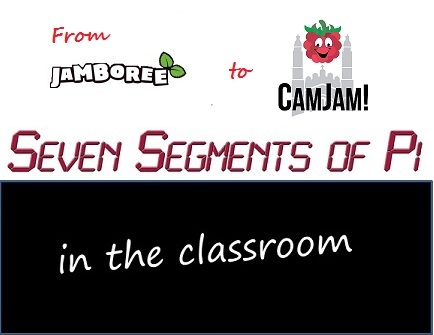
I’d like to thank Mike for inviting me to write this series of blog posts. The Raspberry Pi has such potential for teaching programming, we just need to come up with ways of using it to inspire the next generation of software engineers…but there are many trips-and-traps acting as barriers for schools looking to use Raspberry Pis in the classroom. In this series, I will share my experiences of running Raspberry Pi workshops in schools and hopefully help prevent other people falling into the same traps as I did! I will also try to describe what I think “worked” and what did not when trying to engage and inspire the interest of the pupils.
My first post is all about my first school visits in the weeks immediately after I received my first Raspberry Pi, and I am going to call it…
“Yes! …but what does it do!?”
It was 29th February 2012 at 5:50 a.m. and the alarm went off!
 I’m not normally up at this time but I knew my creaking old Windows PC would need up to 10 minutes to boot up so that I could order my first Raspberry Pi! So, at 5.58 a.m. I had two Internet Explorer windows open, one on the Farnell Web Site and one on the R.S. Web Site. It was being sold by both and I didn’t mind who I bought it from! There then followed an hour and 55 minutes of browser refreshing trying to place my order, but with no success. So I went for Plan ‘B’. Farnell were due to start taking telephone orders from 8 a.m. So, from 7:58 a.m. I phoned the Farnell Sales Order line and I kept hitting phone ‘redial’. Finally, at 8:20 a.m. I got through and placed an order for my first Raspberry Pi.
I’m not normally up at this time but I knew my creaking old Windows PC would need up to 10 minutes to boot up so that I could order my first Raspberry Pi! So, at 5.58 a.m. I had two Internet Explorer windows open, one on the Farnell Web Site and one on the R.S. Web Site. It was being sold by both and I didn’t mind who I bought it from! There then followed an hour and 55 minutes of browser refreshing trying to place my order, but with no success. So I went for Plan ‘B’. Farnell were due to start taking telephone orders from 8 a.m. So, from 7:58 a.m. I phoned the Farnell Sales Order line and I kept hitting phone ‘redial’. Finally, at 8:20 a.m. I got through and placed an order for my first Raspberry Pi.
Then came a slight delay! The Raspberry Pi needed to pass some “EMC” tests before they could be shipped. These tests check it doesn’t interfere with our enjoyment of Radio 1 or corrupt that vital text message! I am an Electronic Engineer myself, so I know the “joys” of EMC Testing!
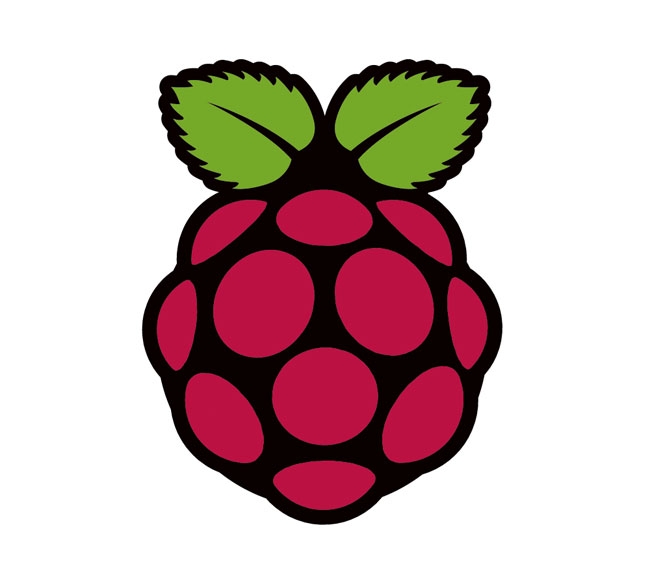 Finally, on Saturday 12th May 2012, my first Raspberry Pi dropped through the letter box! A quick trip to Maplins to buy a power supply and an HDMI cable along with downloading the ‘Debian’ software onto an SD Card and by lunchtime I was up-and-running!
Finally, on Saturday 12th May 2012, my first Raspberry Pi dropped through the letter box! A quick trip to Maplins to buy a power supply and an HDMI cable along with downloading the ‘Debian’ software onto an SD Card and by lunchtime I was up-and-running!
My interest in the Raspberry Pi has always been about its potential within education. I have been a STEM Ambassador for over 10 years, running Science Clubs, Construction Activity Days and Initiative Challenge Days. But like Eben Upton, I saw how children were being “turned off” computing by making them believe computing was all about Excel Spreadsheets and PowerPoint slides! Then along came the Raspberry Pi and I decided it was an opportunity for me to use it to promote software and electronics in schools.
I had several schools lined up for an “Introduction to the Raspberry Pi” talk. (With only one Raspberry Pi it was difficult to do much more!) And at one school while I was enthusiastically talking about USB ports, HDMI connectors and SD cards I remember clearly there was one boy who kept putting his hand up repeatedly asking:

“Yes! …but what does it do!?”
That was when I realised I had to make it do something to gain their interest. I thought about it for a bit and realised the Raspberry Pi is like the computing equivalent of a blank sheet of paper. Once you know what a sheet of paper can do (you can use it to write a story; you can use it for a maths calculation; you can use it to make an Origami model; in fact you can use it for hundreds of different things) you can see how versatile a sheet of paper could be. But if you had never seen a sheet of paper you would probably never guess how many uses it could have!
The same is true for the Raspberry Pi. I knew what it could do. But that pupil didn’t know…unless, of course, I were to come up with something so he could see what it could do!
I talked to people at work and asked how they got started writing software, and one guy, who is one of the best software engineers I’ve worked with, said at school in the 1980’s someone showed him he could connect an LED

to the back of the school’s BBC Micro
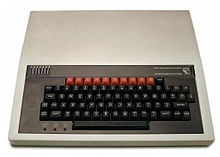
and control it by software!
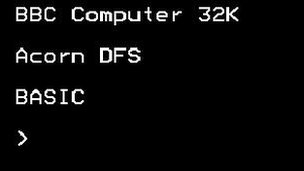
And the LED came on!
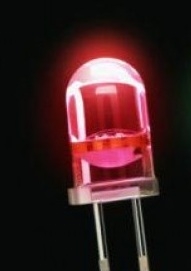
He said from that moment he was hooked!
So I thought, yes, LEDs. Everyone likes flashing lights! Then another software engineer suggested connecting up a Seven Segment LED Display.
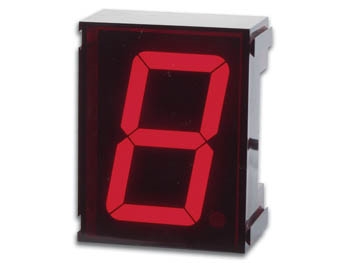
And so the Seven Segments of Pi was born!
Next week I will talk about some of the technical barriers to using the Raspberry Pi in the classroom in a Blog entitled
”Yes! …but all our monitors are VGA!”

If you are interested in learning more about the Seven Segments of Pi visit my Web Site www.SevenSegmentsOfPi.com or watch the “Seven Segments of Pi” YouTube Video. You can also watch Carrie Anne Philbin playing “Figure Eight My Pi” at the CamJam, courtesy of Alex at RasPi.TV.
Nevil
















